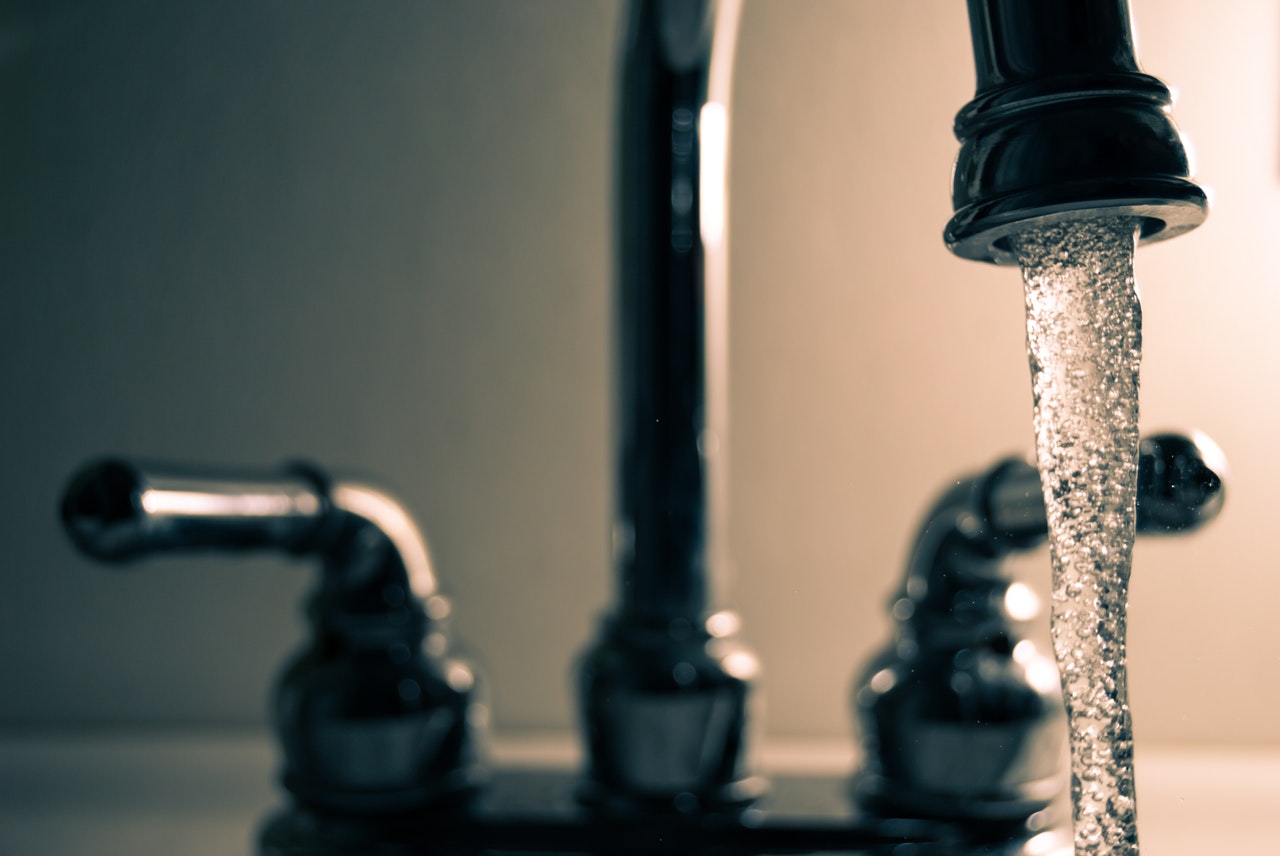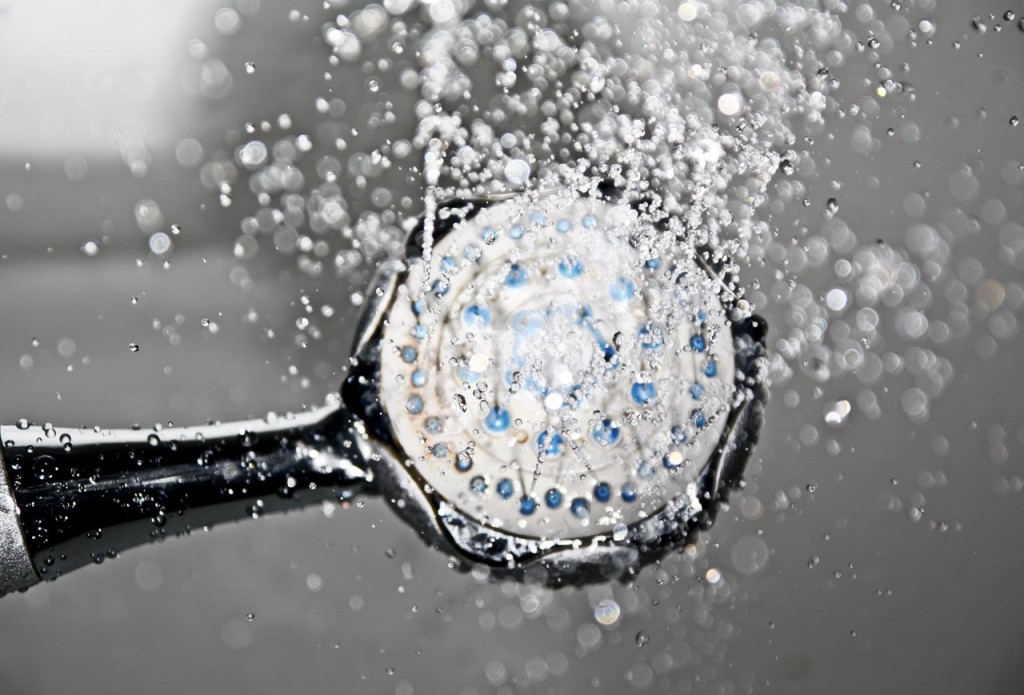Our water supply is something that we don’t give a lot of consideration to. We just assume the tap does all the work: however, it’s actually supplied through intricate networks of pipelines and systems that require a lot of maintenance to remain effective.
Due to its fairly cheap commodity price, many businesses prioritise bills for other utilities such as fuel and electricity – however, it’s important to understand exactly how your water supply bill is calculated, either to control the costs or identify areas where it’s being wasted.
Water Usage
The first and main component of your bill is the water itself, drawn from the local supply network. This is normally measured with a meter installed on the main pipe, which monitors how much a single building or property has used in a certain timeframe. This information is used to bill customers at an accurate rate based on how much they’ve used, rather than at a consistent price regardless of usage.
If a meter can’t be read, customers will usually be billed according to their estimated usage instead. This is a common way to charge buildings with inaccessible meters and can lead to overcharging (or, occasionally, undercharging) if the estimate is inaccurate. Modern smart meters avoid this problem by digitally recording the amount of water used, sending the data back to the supplier directly.
Wastewater
Outgoing wastewater makes up another large part of your bill, coming with an additional surcharge based on how much goes back into the network – this charge funds maintenance and repairs across the entire drainage system.
Businesses who collect rain and recycle grey water can apply smaller charges due to the decreased stress on the system, which can lead to significant bill reductions in certain cases – these applications are usually handled on a case-by-case basis, so you could easily get a larger reduction than another, similar local business.
Sewage Treatment
Raw sewage that leaves your premises needs to be treated before the water can be re-used – for convenience, this usually means “any water from toilets and waste disposal systems”. This increases recycling costs compared to ‘clean’ appliances, so outgoing water from toilets and sinks will incur higher charges.
Even if the water you dispose of is clean, you might still receive the extra charges, since the water will likely become contaminated anyway – avoiding excess toilet-flushing is one way of slightly cutting back on your bill.
Effluent
‘Trade effluent’ is an industrial or commercial equivalent to normal sewage, and usually refers to water contaminated with dangerous chemicals. Many chemicals are considered safe to dispose of through the drainage network, but additional charges are enforced to pay for the treatment of this water.
Like wastewater, this applies on a case-by-case basis: larger companies with a single drainage ‘path’ will probably have a dedicated meter to track the amount of trade effluent being thrown out. Reading regulations advice and guidelines is important in this situation, since disposing of certain chemicals could be an offence under specific circumstances.
Take charge of your water bill
While water makes up a small part a business’ monthly utility bill, conserving it can still have a meaningful impact on how much you pay. Saving water is beneficial for your bottom line as well as the environment as a whole – water regulations advice can help you with the costs that cover that.
This content was provided by water management specialists Total Water Solutions.


